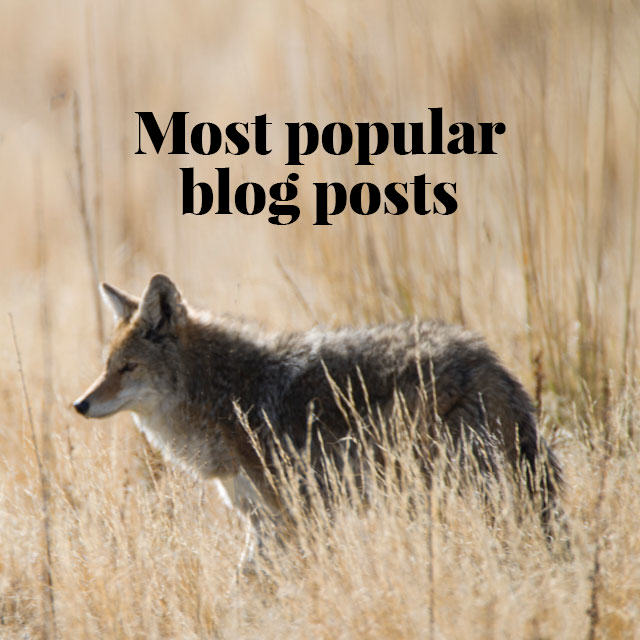
Many different species of furbearer are used in the fur trade, catering to different market segments. For the top luxury market, some of the most important types include mink, sable, and chinchilla. For less-expensive options, the most popular are rabbit and various forms of sheep fur: sheepskin, lambskin or shearling. Rabbit and sheep fur are mostly by-products of human food production.
More than 80% of pelts used today in the global fur trade comes from farms. North American farms produce very high-quality mink and fox, while other regions farm a variety of species, including mink, fox, chinchilla, Asiatic raccoon, Rex rabbit, and karakul sheep (also known as Persian lamb, or Swakara).
Furs taken from the wild are still very important, accounting for almost 20% of all furs used. The world’s largest producers of wild furs are Canada and the US, and almost half of all pelts produced in North America today are still from the wild. These include a wide variety of species, with some of the most prized being coyote, marten, fisher, bobcat, and lynx. Less valuable but highly abundant and very versatile are beaver, muskrat, raccoon, opossum, and red fox. Smaller quantities of wild furs also come from Russia (sable), Europe (fox), and South America (fox, nutria).
Answer by :
Alan Herscovici, senior researcher, Truth About Fur
Further information










